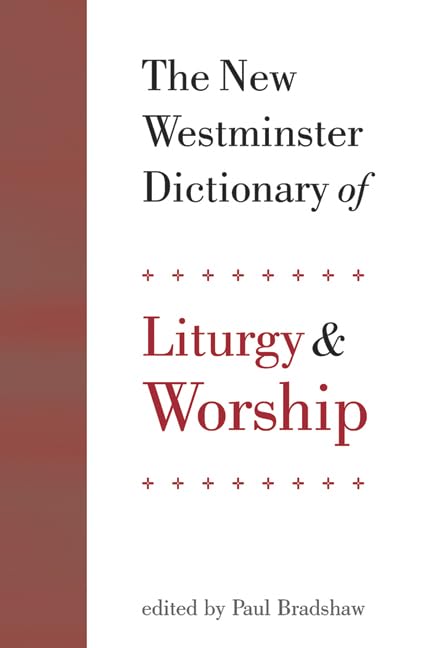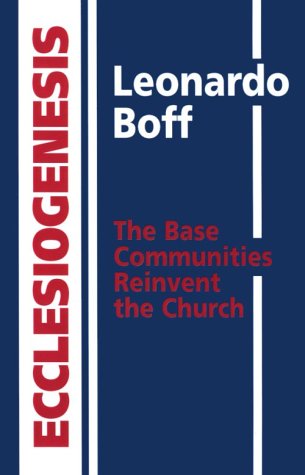Text and Reality. Aspects of Reference in Biblical Texts
Written by B. C. Lategan and W. S. Vorster Reviewed By W. A. StrangeThis book by two scholars from South Africa contains four essays exploring some fundamental problems to do with the interpretation of biblical texts, and particularly with the way in which they refer to reality. The two authors carry on a debate with one another (and with numerous other scholars) throughout the book.
One of their main points of interest is to ask in what way biblical texts, narratives in particular, refer to the ‘real world’. The question is an important one, and the answer which Vorster gives is an interesting and rather disturbing one: that biblical narrative is rather like a parable, that it is not a replica of reality, but reality remade. The David and Uriah of 2 Sam. 11 are not the ‘real’ David and Uriah but the ‘narrated’ David and Uriah. They are elements in a narrated world, and their actions and interplay should be interpreted accordingly. If we ask about circumstances behind the text—for instance, what the legal problem was which underlay Nathan’s parable—we may be asking the wrong questions. We should interpret the text as it is, not a hypothetical ‘reality’ behind the text. Lategan has a different approach. He allows that the gospels, for example, are narrative structures imposed on events. But he maintains that the primary impulse behind them was the events of Jesus’ life, preaching, death and resurrection. Nonetheless, he too proposes that biblical narrative does not function as a replication or representation of reality. Thus, the historicity of biblical narrative—the accuracy of its linkage with the ‘real’ world—is not so much questionable as ultimately irrelevant.
It may be that some branches of biblical scholarship have too readily assumed that the only way in which narrative can refer to reality is by being a replica of reality. This book offers an interesting and possibly helpful challenge and corrective to that assumption. But if it is true that reference within a narrative is only to the narrated world, and not to the ‘real’ world, then any descriptive narrative becomes problematic. Is it the case that when I attempt to describe something that has happened, I merely succeed in creating a self-contained narrative world? That seems the logical conclusion of one thesis of this book.
There is a good deal more, though, in the book than this one thesis. It is rather technical in its style, and someone new to this field would probably find it hard to follow in places, but it is drawing attention quite forcefully to some far-reaching issues of interpretation.
W. A. Strange
Aberystwyth







